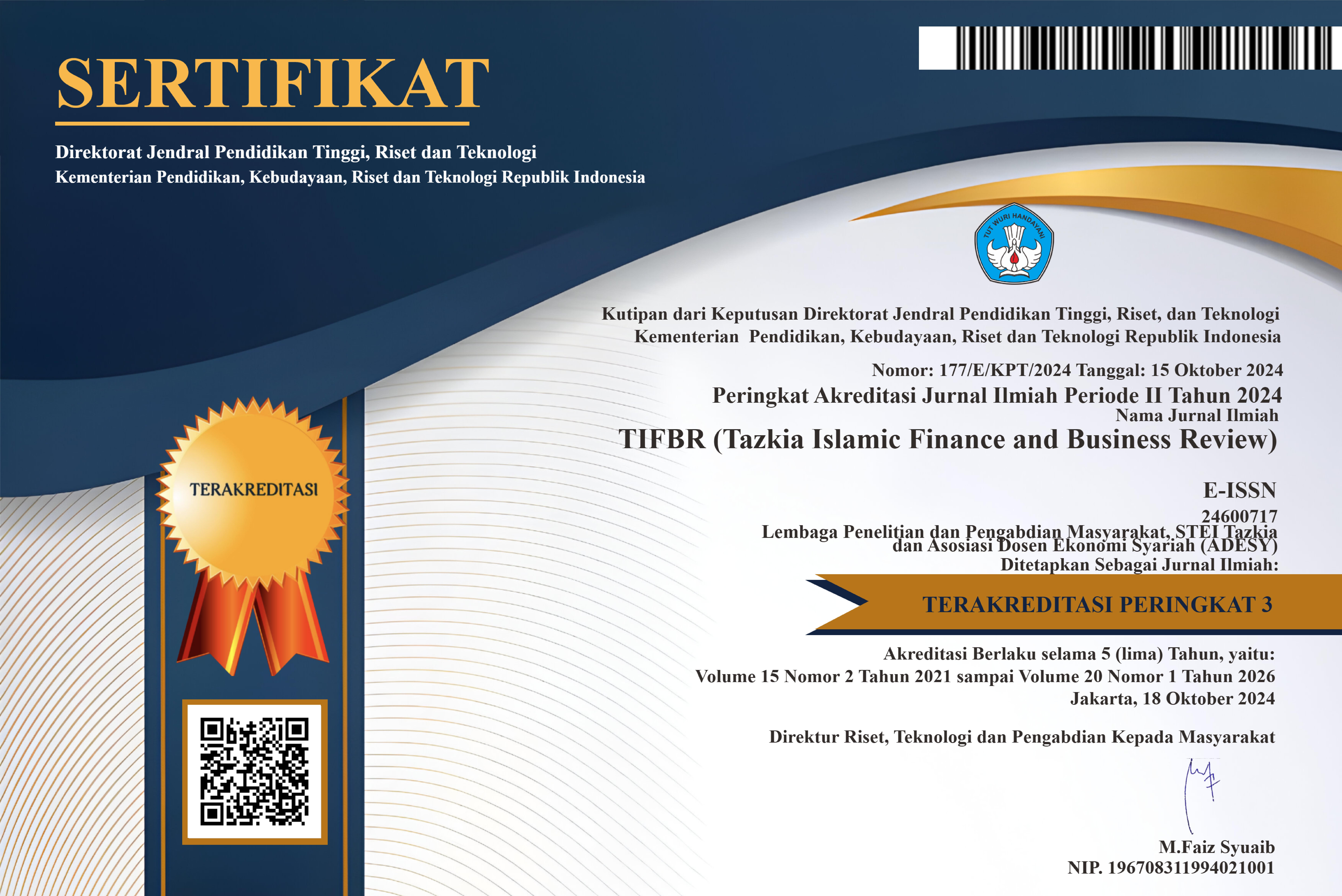Productive Waqf Development Model: A Comparative Study between Indonesia and Malaysia
DOI:
https://doi.org/10.30993/tifbr.v17i1.314Abstract
The development of the productive waqf model has become a topic of conversation for Muslim countries, especially Indonesia and Malaysia. This is because waqf is one of the Islamic social financial instruments that can move the economic sector of society. This research will examine the productive waqf development model between Indonesia and Malaysia and to see how the opportunities and challenges are being faced. The method used is qualitative, in which researchers conducted interviews with waqf academics and practitioners in both Indonesia and Malaysia. In addition to describing the opportunities and challenges researchers use SWOT analysis. The results of the study show that Indonesia and Malaysia have strengths and weaknesses in terms of productive waqf management. Furthermore, collaboration and initiative are needed as well as experience to overcome various existing problems. Efforts to increase awareness, transparency, and partnerships can promote sustainable waqf.
Downloads
Published
How to Cite
Issue
Section
License
Copyright (c) 2023 Author and Publisher

This work is licensed under a Creative Commons Attribution-NonCommercial-ShareAlike 4.0 International License.

Tazkia Islamic Finance and Business Review (TIFBR) is licensed under a Creative Commons Attribution-NonCommercial 4.0 International License.
Authors who publish with this journal agree to the following terms:
- Authors retain copyright and grant the journal right of first publication with the work simultaneously licensed under a Creative Commons Attribution License that allows others to share the work with an acknowledgment of the work's authorship and initial publication in this journal.
- Authors are able to enter into separate, additional contractual arrangements for the non-exclusive distribution of the journal's published version of the work (e.g., post it to an institutional repository or publish it in a book), with an acknowledgment of its initial publication in this journal.
- Authors are permitted and encouraged to post their work online (e.g., in institutional repositories or on their website), as it can lead to productive exchanges, as well as earlier and greater citation of published work (See the Effect of Open Access).

















